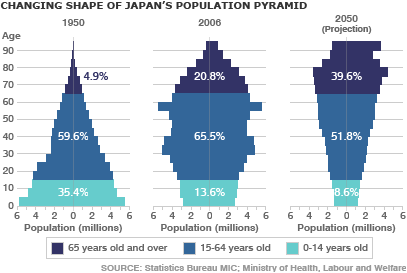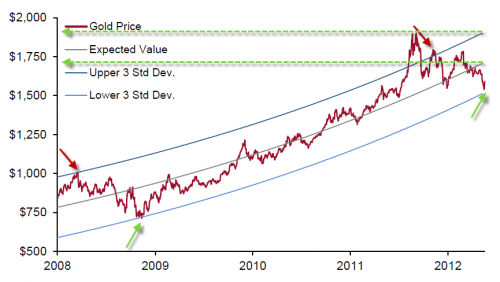The data from Bloomberg,: “Gold imports by mainland China from Hong Kong climbed 65 percent to a record in April, advancing for a third straight month as investors sought a hedge against financial-market turmoil and an economic slowdown.
And more from Sprott and his latest letter:
There have been key developments in the physical gold market over the last few weeks which we feel are worth highlighting:
1) The Chinese gold imports from Hong Kong in April, 2012 surged almost 1300% on a YoY basis. Total gross imports for the month of April were 103.6 tonnes and the net imports were 66.3 tonnes. It is not the data for April alone which has caught our eye. There has been a stunning increase of gold imports through Hong Kong for export into China over the past 2 years. Between May 2010 and April 2011, China imported a net 66 tonnes of physical gold through Hong Kong. Between May 2011 and April 2012, that number jumped to 489 tonnes. This represents an increase of 640%.
2) Central banks from around the world bought over 70 tonnes of gold in April, 2012. Data from the IMF showed developing countries such as the Philippines, Turkey, Mexico and Sri Lanka were significant buyers of gold as prices dipped.
3) Iran purchased $1.2B worth of gold in April, 2012 through Turkey. As the developed nations continue devaluing their currency at the expense of developing nations, countries such as Iran, China and Mexico are forced to look at alternative stores of value.
4) After twenty years of lackluster returns and stagnant bond yields, Japanese pension funds have finally discovered the value of investing in gold. The $500M Okayama Metal and Machinery pension fund placed 1.5% of its assets into gold bullion-backed ETFs in April in order to “escape sovereign risk”.
5) Bill Gross writes, “Soaring debt/GDP ratios in previously sacrosanct AAA countries have made low cost funding increasingly a function of central banks as opposed to private market investors. Both the lower quality and lower yields of previously sacrosanct debt therefore represent a potential breaking point in our now 40-year-old global monetary system. […] As they (investors) question the value of much of the $200 trillion which comprises our current system, they move marginally elsewhere – to real assets such as land, gold and tangible things, or to cash and a figurative mattress where at least their money is readily accessible”. Is the bond king recommending gold? YES, YES YES!
6) The Gold Mining ETF, GDX, has seen strong inflows in the past 3 months. The number of units outstanding have increased from 162.5M to roughly 187M between March 1, 2012 and May 31, 2012. This represents an increase in assets of almost $1.2B in a span of 3 months. It is worth pointing out that for a majority of this three months period, GDX, and by extension the gold mining companies were experiencing significant declines in their market values.
We believe there has been a material change in the gold investing landscape. The HUI, which is the Gold Bugs Index, is now up over 20% from its lows since May 16th, 2012. The slide in gold equities seems to be subsiding as a foundation for a strong move upwards is set. New buyers, represented by the Chinese, central banks, Japanese pension funds and the Iranians, bought almost 140 tonnes of gold in April alone. To put this into perspective, the annual gold production is approximately 2600 tonnes. China and Russia produce around 500 tonnes of gold annually, which never makes it to the open market. This leaves about 2100 tonnes of gold production annually for the rest of the world.
When buyers representing 140 tonnes of new demand enter a market which only has 175 tonnes of monthly supply, we are left wondering about two things:
1) In a balanced market, where is the source of supply to the new buyers going to come from?
2) How can a new buyer of size get into the gold market, which is already balanced, without significantly impacting the price of gold?
The answer is fairly obvious. When demand outstrips supply, prices move higher. These significant macro changes in the supplydemand dynamic of the gold market should propel the price of gold to new highs.






